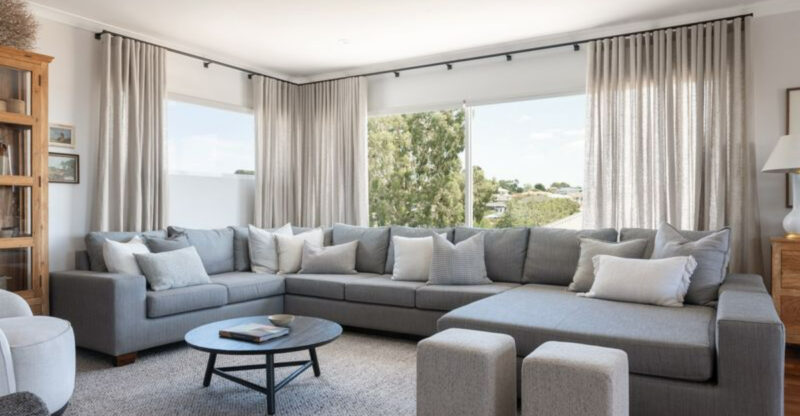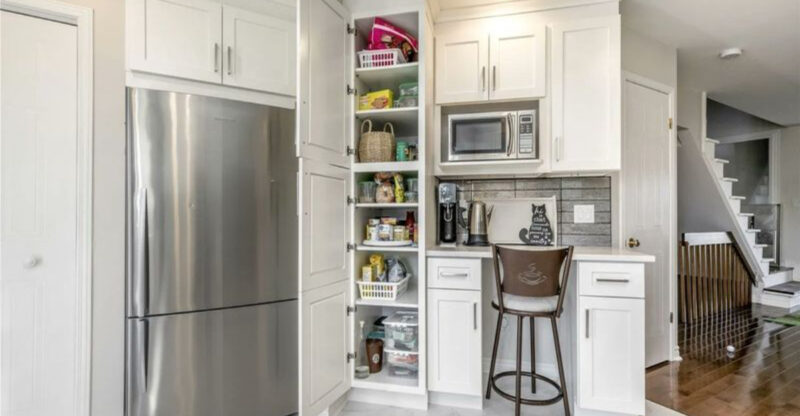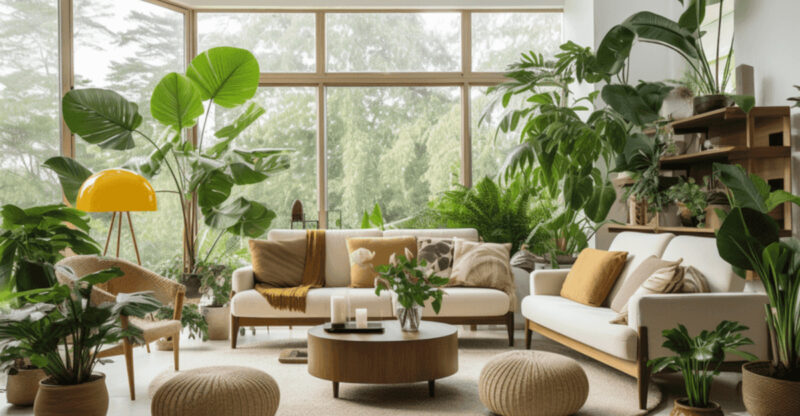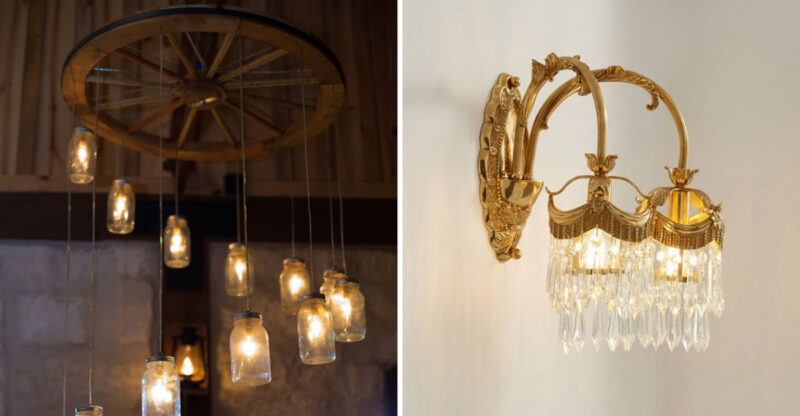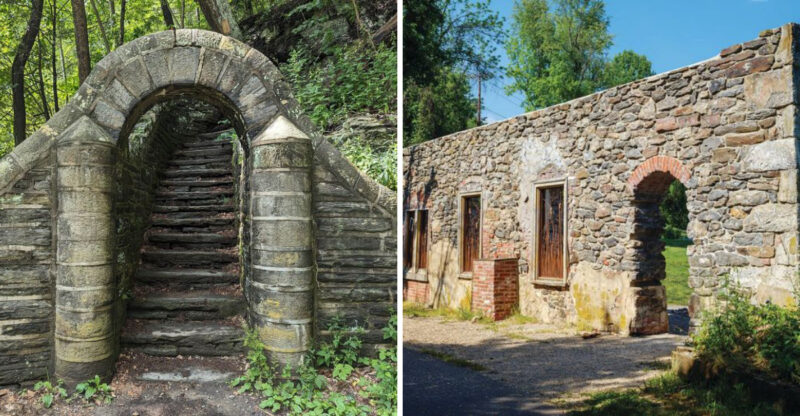11 Things In Boomers Homes That Are Becoming Popular (Plus 9 Things That Never Lacked Style)

Walk into your grandparents’ house today, and you might spot more than just memories. Those floral sofas, wood-paneled walls, and funky lamps? They’re back. What once felt dated is now part of a growing trend.
Designers and homeowners are embracing the charm, quality, and quirk of the past. Some of these styles have quietly stuck around. Others are making a bold return. Either way, the retro look is finding its place in modern homes – with a fresh twist.
1. Record Players And Vinyl Collections
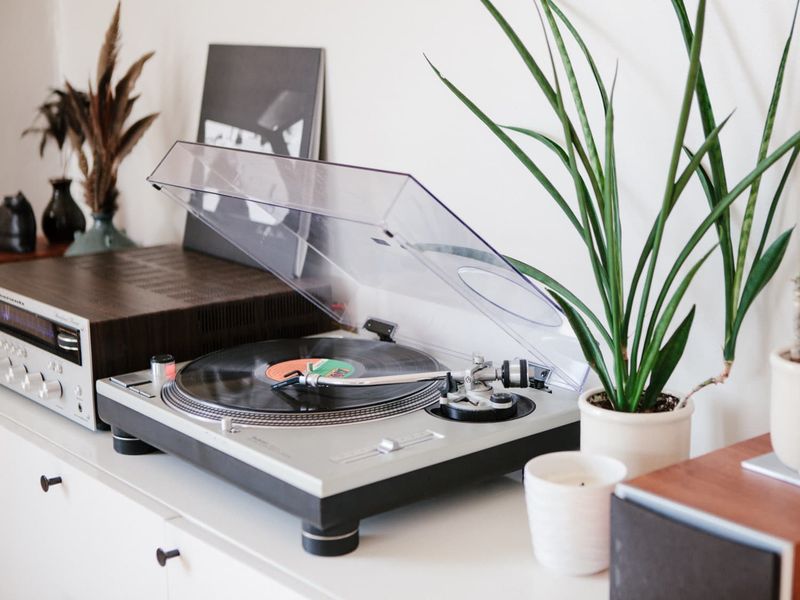
The warm, crackling sound has captured the hearts of a new generation seeking authentic music experiences. Vinyl record sales have skyrocketed in recent years as younger folks discover the joy of album artwork and the ritual of placing the needle.
Record players combine nostalgic charm with modern features like Bluetooth connectivity, making them both functional and decorative in contemporary spaces.
2. Houseplants Galore
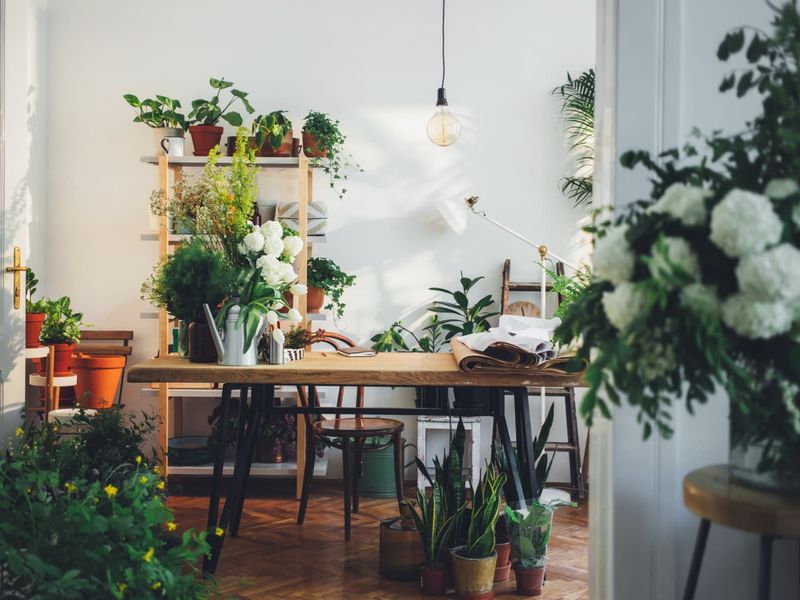
Lush greenery fills corners and windowsills just like in the 1970s when plant parenting first became a mainstream hobby.
Spider plants, pothos, and fiddle leaf figs create that jungle-like atmosphere that adds life to any room. Houseplants improve air quality while serving as living decor. The boomer generation understood this connection to nature long before Instagram made plant collections a status symbol.
3. Wood Paneling
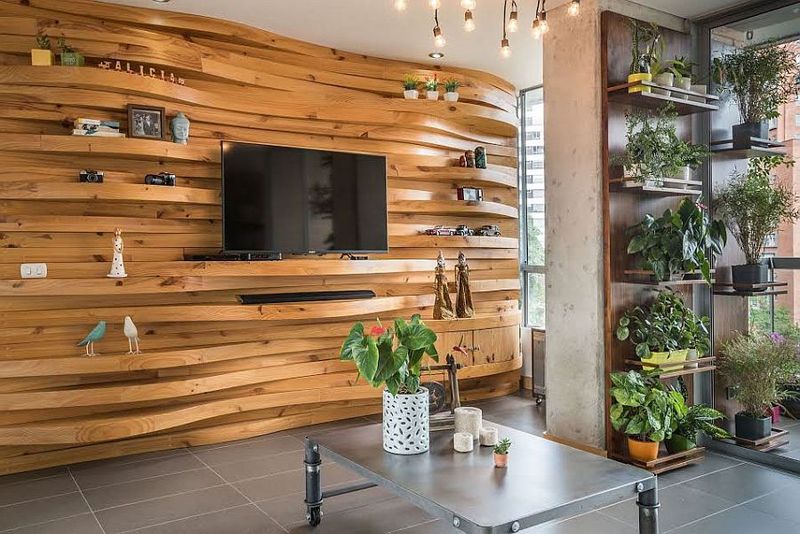
Once considered the epitome of dated design, wooden wall treatments are enjoying a stylish revival. Modern interpretations use lighter finishes and selective application rather than covering every surface. Wooden accent walls add warmth and texture to contemporary spaces.
This throwback feature creates cozy vibes while connecting to nature – something boomer homes embraced before minimalist white walls became the norm.
4. Conversation Pits
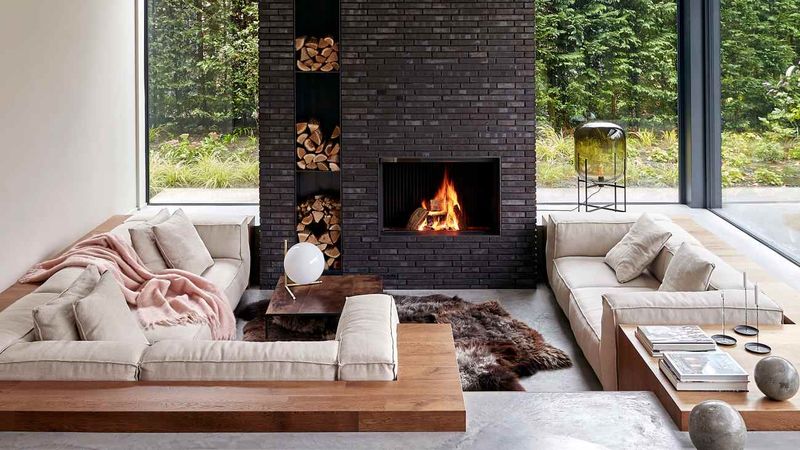
Sunken living rooms designed for face-to-face interaction are making a triumphant return. These architectural features create intimate gathering spaces that encourage actual conversation instead of screen time.
The circular or square seating arrangements were popular in mid-century homes. Today’s versions incorporate plush cushions and smart technology while maintaining that community-centered design that makes everyone feel included.
5. Vintage Kitchen Appliances
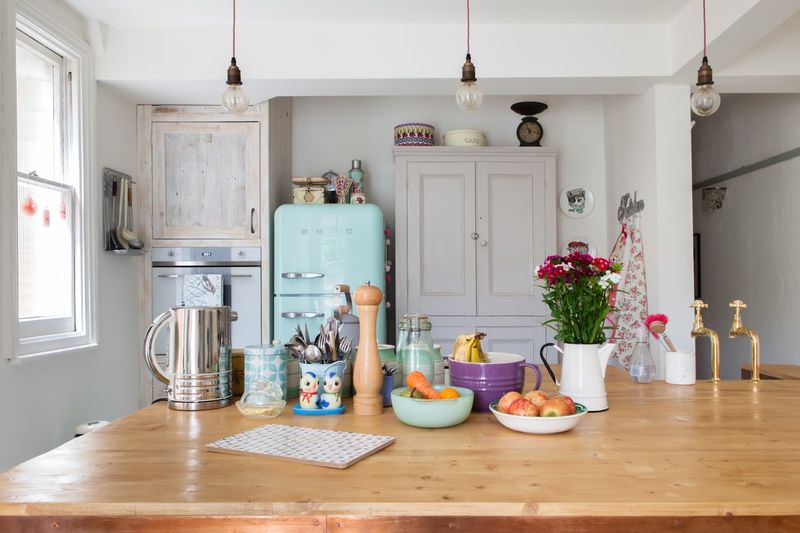
Colorful refrigerators and stoves from brands like Smeg have brought back the cheerful kitchen aesthetic of yesteryear. These retro-inspired appliances combine nostalgic styling with modern energy efficiency. Pastel colors and rounded edges create instant personality in kitchens.
Baby boomers embraced avocado green and harvest gold, while today’s versions come in mint, baby blue, and cream – different hues but the same playful approach.
6. Wallpaper Renaissance
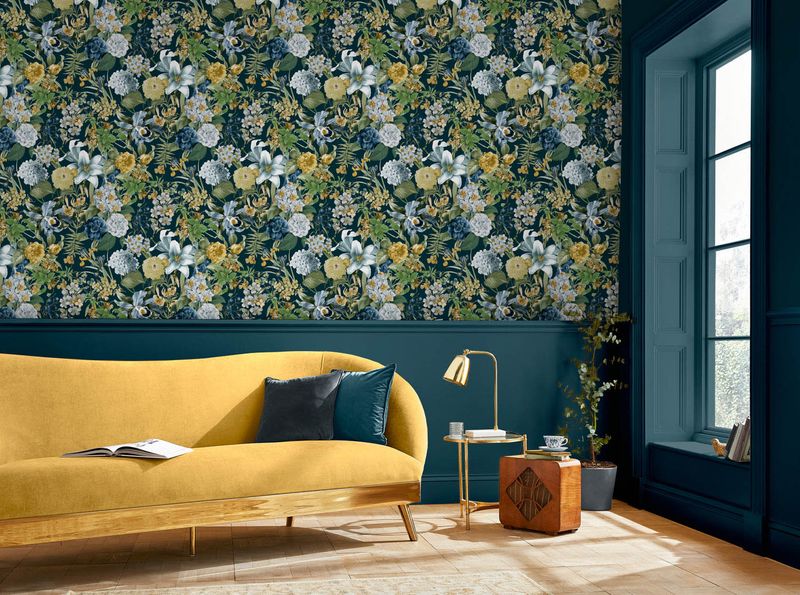
Bold patterns have returned to our walls after decades of plain paint dominance. Floral prints, geometric designs, and textured wallpapers create statement walls that weren’t seen since boomer childhoods.
Modern wallpaper comes with peel-and-stick technology for easy installation and removal. This practical upgrade makes experimenting with patterns less committal than the permanently pasted versions grandma had to steam off.
7. Rattan And Wicker Furniture
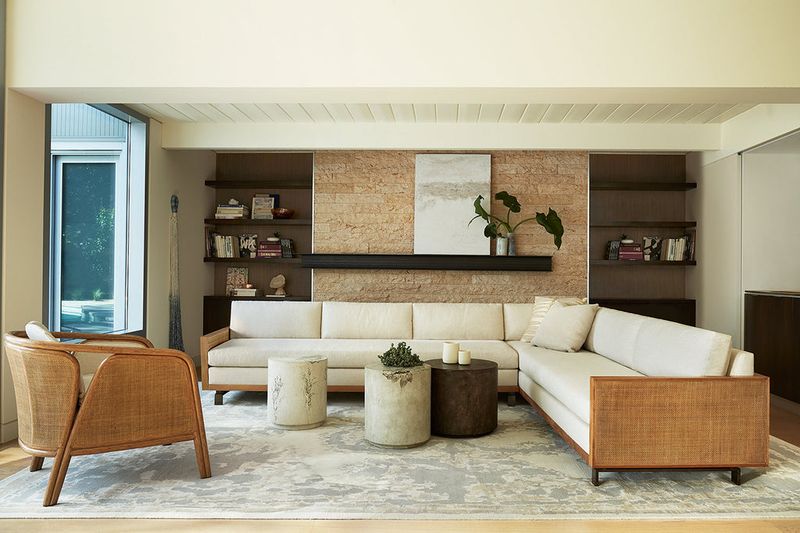
Natural materials have cycled back into fashion with woven chairs, tables, and headboards appearing in trendy homes everywhere. These lightweight pieces bring texture and casual elegance to rooms. Rattan was a staple in 1960s and 70s homes, particularly in sunrooms and patios.
Today’s designers incorporate these materials throughout the house, appreciating their sustainable properties and ability to lighten up heavy decor schemes.
8. Brass Fixtures And Hardware
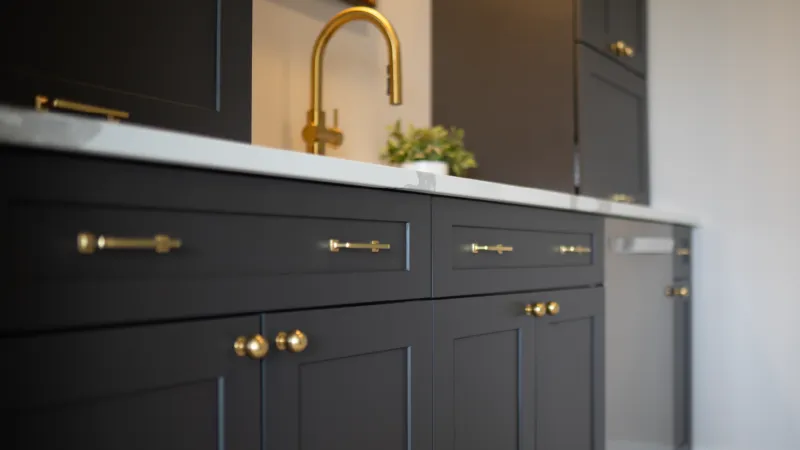
Warm metallic tones have pushed aside the cool chrome and stainless steel that dominated recent decades. Faucets, drawer pulls, and light fixtures in brass finishes add instant warmth to kitchens and bathrooms.
Baby boomers grew up with brass everywhere, from doorknobs to candlesticks. The updated versions feature more understated designs with matte or brushed finishes rather than the high-polish look that eventually dated the original trend.
9. Bar Carts
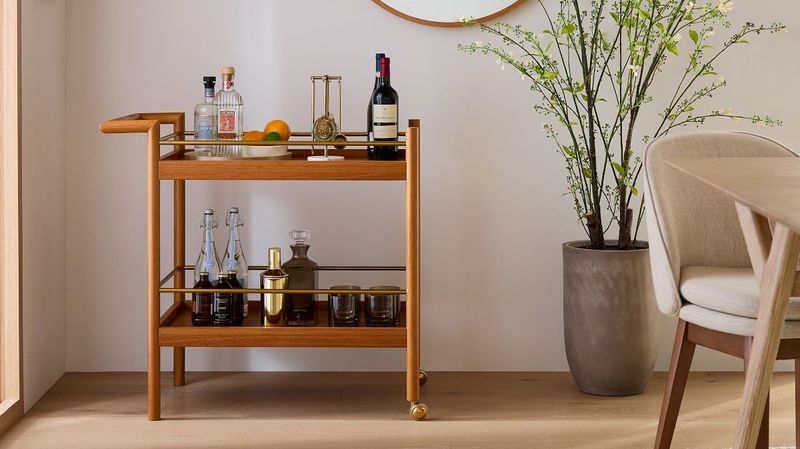
Rolling cocktail stations have rolled back into fashion, celebrating home entertaining with style. These functional furniture pieces showcase glassware and spirits while making hosting effortless. The cocktail culture of the 1950s and 60s made bar carts essential in boomer households.
Today’s versions serve the same purpose but often double as display areas for plants, books, or record players when not being used for their intended boozy purpose.
10. Sunburst Mirrors
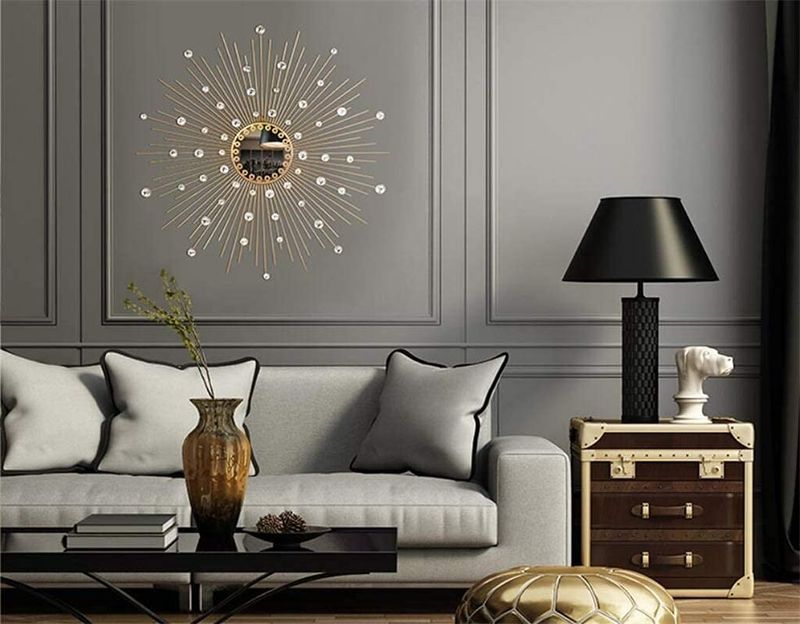
Radiating golden rays have returned to walls as statement pieces that reflect light and add dimension. These dramatic mirrors were popular in the 1960s and 70s before minimalism took over. Sunburst designs create focal points above mantels and consoles.
Modern versions come in various sizes and materials, from traditional gilded finishes to mixed metals and natural woods that suit contemporary aesthetics while honoring their retro roots.
11. Terrazzo Surfaces
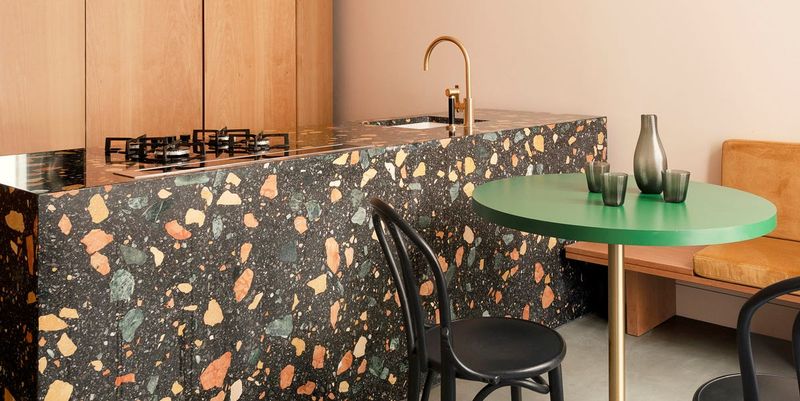
Speckled composite materials have bounced back from obscurity into designer spaces everywhere. The confetti-like pattern of embedded stone chips in concrete was ubiquitous in mid-century public buildings and homes.
Today’s terrazzo appears on countertops, flooring, and even smaller accessories like planters and coasters. The playful material offers infinite color combinations while providing durability that reminded boomers why it was popular in the first place.
12. Hardwood Floors
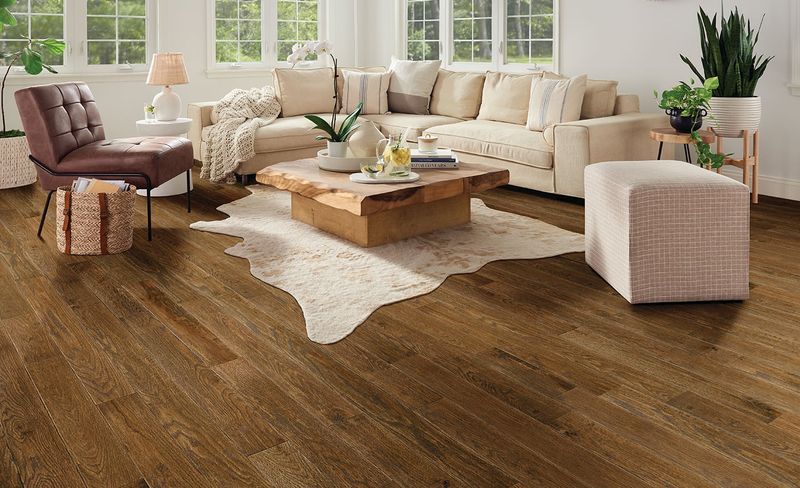
Natural wood underfoot has remained consistently desirable through every design era. The warmth and character of oak, maple, and walnut create timeless foundations for any decorating style. Hardwood’s durability explains why so many century-old homes still have their original floors.
Modern homeowners appreciate both newly installed versions and the painstaking restoration of existing planks, often hiding under carpet in boomer-era houses.
13. Crown Molding

Architectural trim details elevate rooms from basic boxes to refined spaces. These finishing touches along ceiling edges add character that production builders often skip in newer homes. Crown molding creates visual interest at the transition between walls and ceilings.
Boomers appreciated these classical elements even during modernist movements, understanding how they frame a room and add a touch of elegance regardless of furniture styles.
14. Oriental Rugs
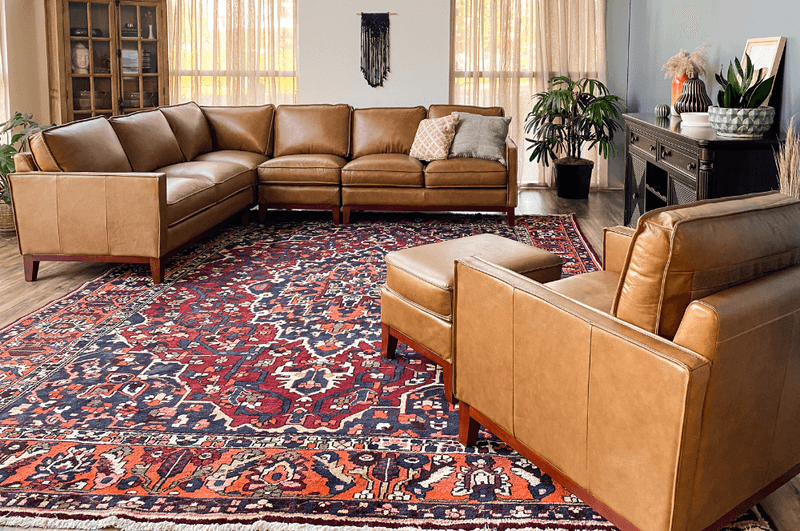
Intricate patterns woven into these traditional floor coverings bring color and history to any room. Their ability to hide spills and wear makes them as practical as they are beautiful. Persian and Turkish designs have graced formal living rooms for generations.
Modern designers appreciate how these rugs can simultaneously ground a space in tradition while complementing contemporary furniture with their rich colors and patterns.
15. Dining Room Sets

Dedicated eating spaces with matching furniture have endured despite open floor plan trends. Family meals around a proper table represent traditions that transcend design fads. Dining rooms symbolize gathering and celebration.
While casual eating at kitchen islands became popular, boomers maintained formal dining spaces for holidays and special occasions – a practice younger generations are rediscovering as they seek meaningful family connections.
16. Reading Nooks
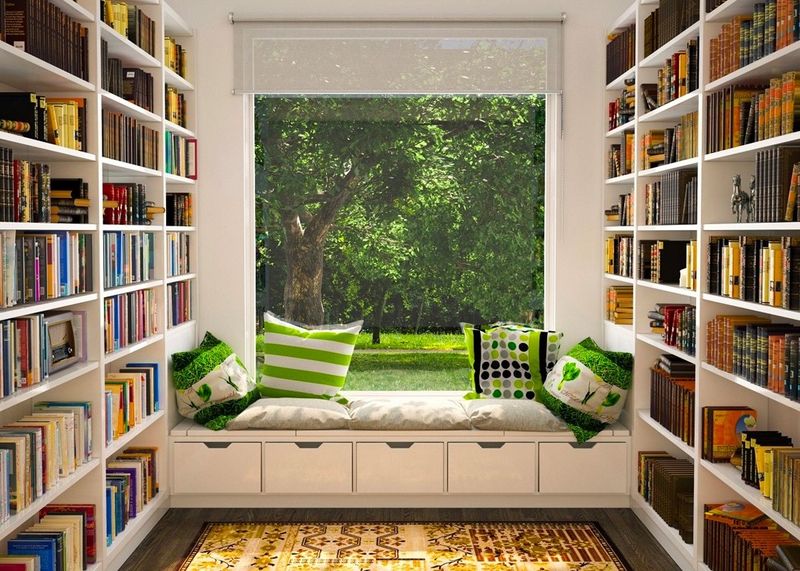
Cozy corners dedicated to books never disappeared from thoughtfully designed homes. A comfortable chair, good lighting, and shelves filled with reading material create personal retreats that defy digital-only trends.
Reading spaces celebrate slow living and unplugged entertainment. Boomers grew up without screens competing for attention, making dedicated book corners natural in their homes – a feature now cherished by those seeking balance in hyper-connected lives.
17. China Cabinets

Display furniture for special dishes and glassware maintains its place in dining areas despite minimalist pushback. These practical showpieces store heirloom tableware while making it visible rather than hidden in drawers.
China cabinets blend storage with display capabilities. The boomer generation valued their wedding china and holiday serving pieces, keeping them protected yet visible – a tradition that honors craftsmanship and family history in a way that resonates even with younger collectors.
18. Gallery Walls
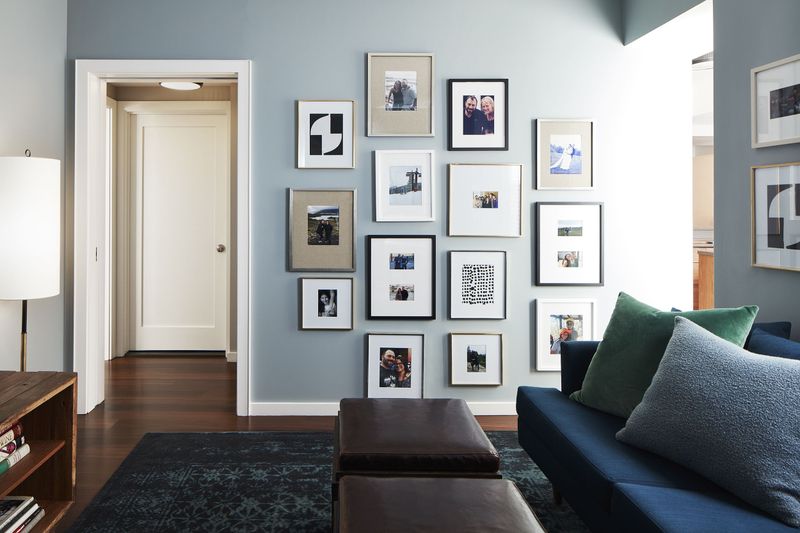
Curated collections of framed art and photographs create personal visual stories across wall space. These arrangements showcase memories and interests in a way that feels both organized and organic. Family photos and artwork groupings were standard in boomer households long before Pinterest made them trendy.
Today’s versions might include more diverse frame styles and content, but the fundamental desire to surround ourselves with meaningful images remains unchanged.
19. Grandfather Clocks
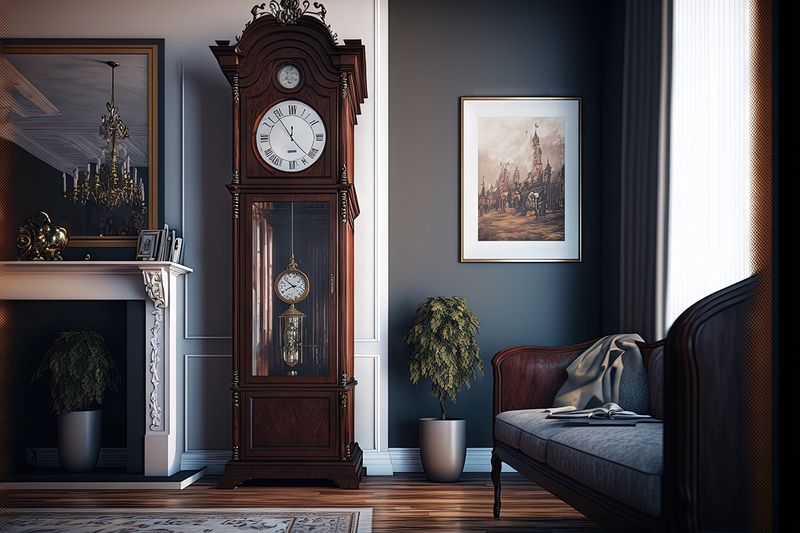
Stately timepieces standing tall in hallways or living rooms represent heritage and craftsmanship. Their rhythmic ticking and chiming create ambient sounds that connect us to earlier, less digital times. These impressive clocks were often significant purchases or family heirlooms.
While smartphones may have replaced their timekeeping function, their presence adds architectural interest and a sense of permanence that many find comforting in rapidly changing environments.
20. Well-Stocked Linen Closets
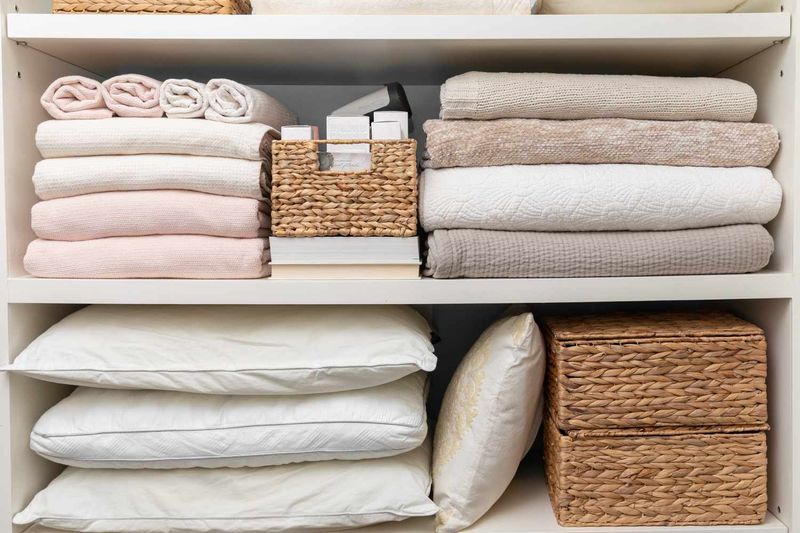
Organized storage spaces filled with quality towels and bedding represent preparedness and hospitality. Having extras on hand for guests or emergencies reflects a mindset of readiness that defined previous generations.
Properly folded sheets and neatly stacked towels show care for household basics. Boomers typically maintained substantial linen supplies, a practice that fell away during minimalist trends but returns as people recognize the value of being self-sufficient and ready for unexpected visitors.

